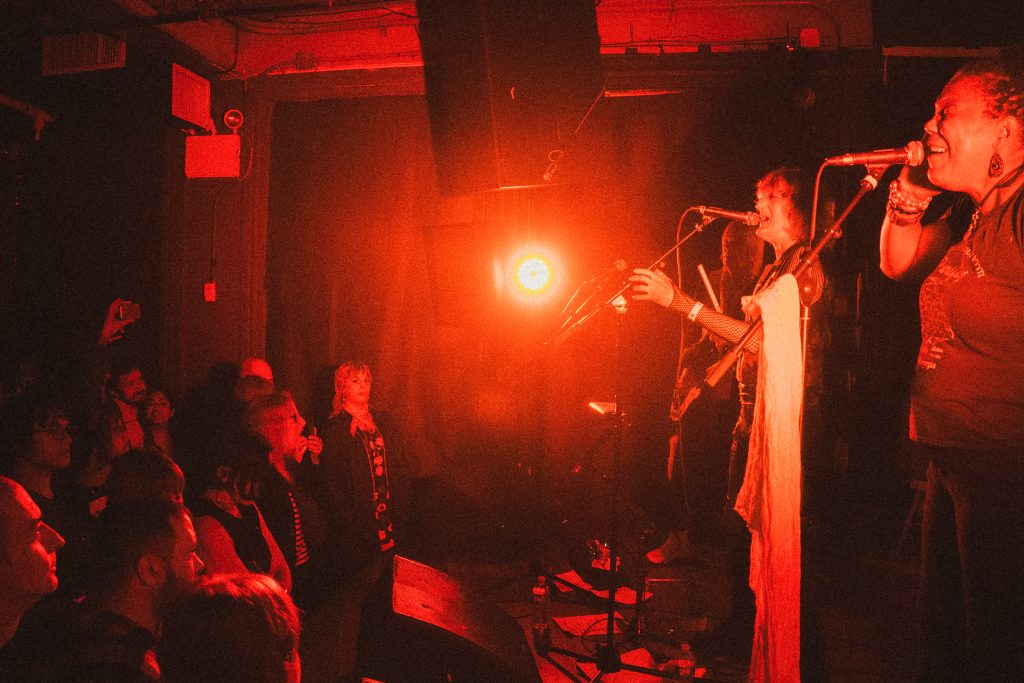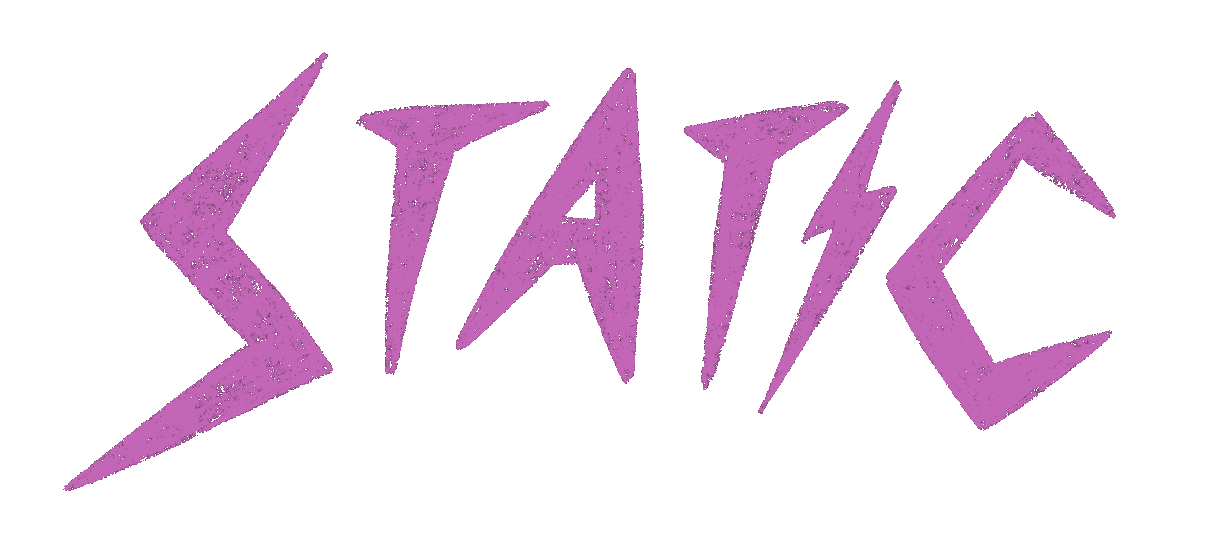Huddled over bowls of pho in Bushwick, passerbyers would not know Cynthia Sley and Pat Place had set New York’s post-punk scene on fire almost 50 years ago.
Seeking something other than leather-clad punks or the glittery disco dancers, artists like Arthur Russell, Lizzy Mercier Descloux, and Liquid Liquid blended New York influences to create the larger dance-punk scene. The sub-genre fused the energy of the edgier, punk rock scenes with the rhythm and groove of dance clubs. It was arty, nuanced music that went on to influence the stylings of artists like Madonna and Sonic Youth alike. Venues like Mudd Club, Tier 3, and Danceteria gave artists, musicians, and filmmakers alike a vibrant, creative space to promote their own acts, and still have a good time.
After leaving no-wave group The Contortions, best known for its frontman James Chance, Place founded Bush Tetras in 1979 with friends Sley, Laura Kennedy, and Dee Pop. The group revolutionized the sound of alternative music at the time; featuring spiky rhythms, syncopated basslines, and feisty lyrics.
Bush Tetras was much acclaimed in the genreless post-punk/no-wave scene. Their eponymous song “Too Many Creeps” even managed to climb the Billboard club chart, reaching beyond the underground scene. Though they paused activities from 1983 to 1995, Bush Tetras left a lasting impact, influencing artists spanning from Thurstoon Moore to Flea. Now, they consistently tour, and stopped by Bushwick’s Market Hotel for a show.
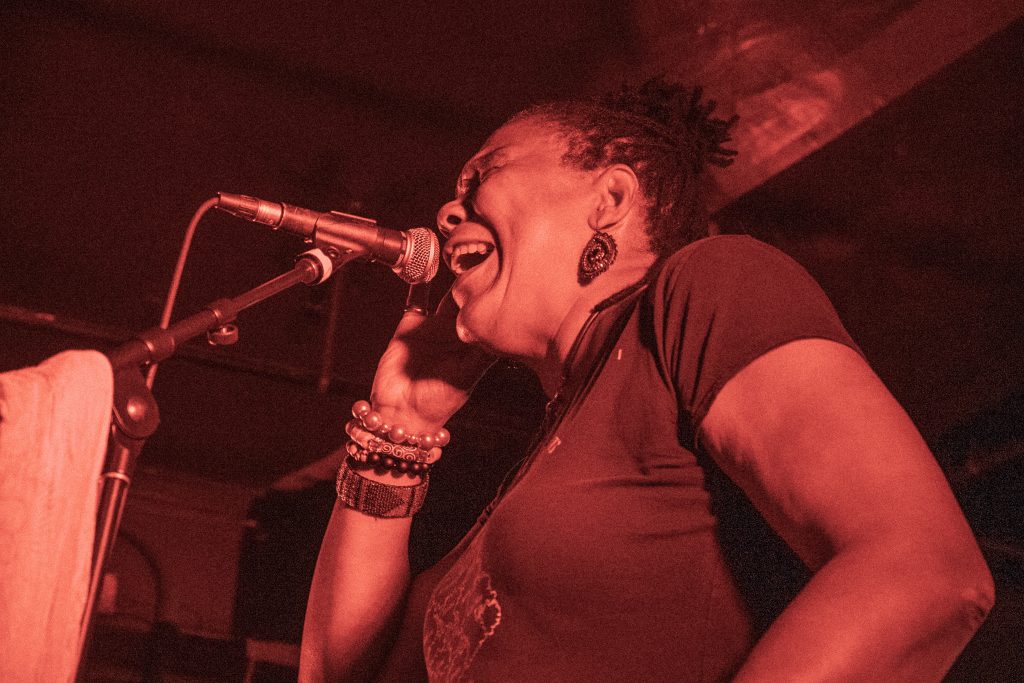
You are performing tonight at Market Hotel with Los Microwaves, and calling it a “Coast to Coast” event. How did this come to fruition? Have you played with them before?
Cynthia Sley: We were trying to figure it out, but we all have such horrible memories. I couldn’t remember exactly. I think Berkeley Square in 1980, a long time ago. Berkeley Square was a place we played a lot.
Pat Place: It was really through Jen Dessinger. She’s been working with them out in Los Angeles, and I met Jen a while ago doing Women of Rock with Tonya Pearson, and she was on the crew. She got in touch, and she said, “Would you guys want to do the show with Los microwaves?” There’s this big mystery about if we have ever played together or not, and we think we did.
Are you going to continue to play together? Any more touring plans?
CS: Possibly going to do something in California in February.
LJ: I wanted to start by asking about genre, and being a “genre-less” band. How do you define your sound?
CS: People try to put us in the “post-punk” box, and nobody ever really knew what any of those genres really meant.
PP: They’re just labels. You have to figure out what’s what, but I was in The Contortions, which is considered “no wave,” but that even was a term that came up after the whole scene started. We came out of that a little bit, but we wanted to add funk to it.
CS: We were on the same label as ESG and Liquid Liquid. There were so many different kinds of music. We played with The Bongos. We don’t have much in common musically with The Bongos, but it would attract the same crowd. People didn’t stick to one genre back then, I think that’s the difference now.
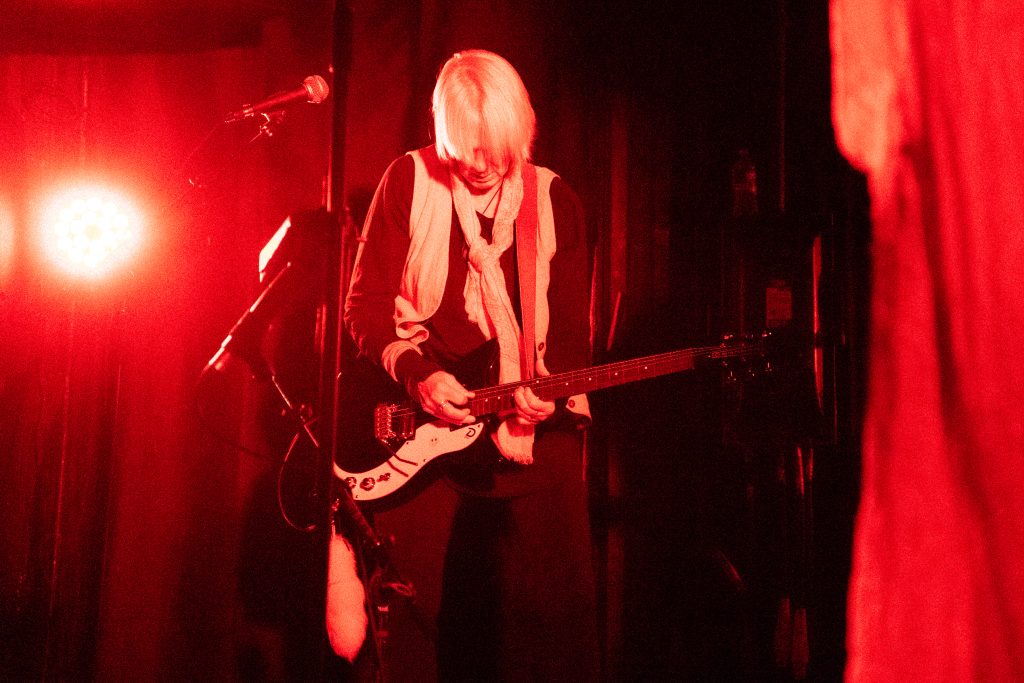
And you also played in a lot of clubs, was dance music an inspiration for you, or something that happened after the fact?
CS: We have disco songs we loved, we even tried to cover. What’s that…
PP: “Funkytown.”
CS: “Funkytown!” I had the guitar riffs down…
PP: And we would spend hours practicing, because we love the groove. Dee and I listened to a lot of reggae, we sneaked that in. It’s really eclectic.
CS: In the Midwest, we listened to a lot of Motown. So we have a root of dance and soul music.
Can you guys reflect on a turning point in your career?
PP: It really happened very quickly, which we weren’t expecting. We had six songs, and we played our first show at a very small, DIY club. Then, our second gig we were opening for The Feelies at Irving Plaza, which was huge. We were like, “What? We have six songs. We need to write a few more.”
CS: It happened very quickly. We had no plan, and no idea of what we were doing. We rode the wave.
How did you mitigate that? Was it hard to keep up with expectations?
PP: Yeah. It was. After our first single “Too Many Creeps,” we went on a three or four week tour all over America.
CS: We played our first gig in February and then by summer we were doing 29 dates. It was fun, word was getting out.
PP: You guys say your generation is interested in genre?


Yes, to an extent.
PP: What about the band opening for us called Genre is Death?
CS: It’s bogged down.
PP: It’s semantics! It’s a way to categorize.
CS: Which is necessary, I get it. We were always heard to be put into something, because there were a lot of things going on, like the three women up front. There weren’t really very many bands like that. We were all friends, and we just gelled together very, very quickly, our ideas that’s kind of magical. Doesn’t happen all the time.
Do you reflect on anytime as young women, where you realized that something you experienced was sort of sexist or generally fucked up?
CS: I personally like not really paying attention to it. Yeah, [Pat Place] had to deal with it more, because [she had] this fucking sound. Giving her a hard time about the guitars.
PP: A little bit of an attitude for sure.
CS: I always felt like we weren’t The Bangles, and we weren’t The Go-Gos. We were dark and weird. They didn’t know what to do with us.
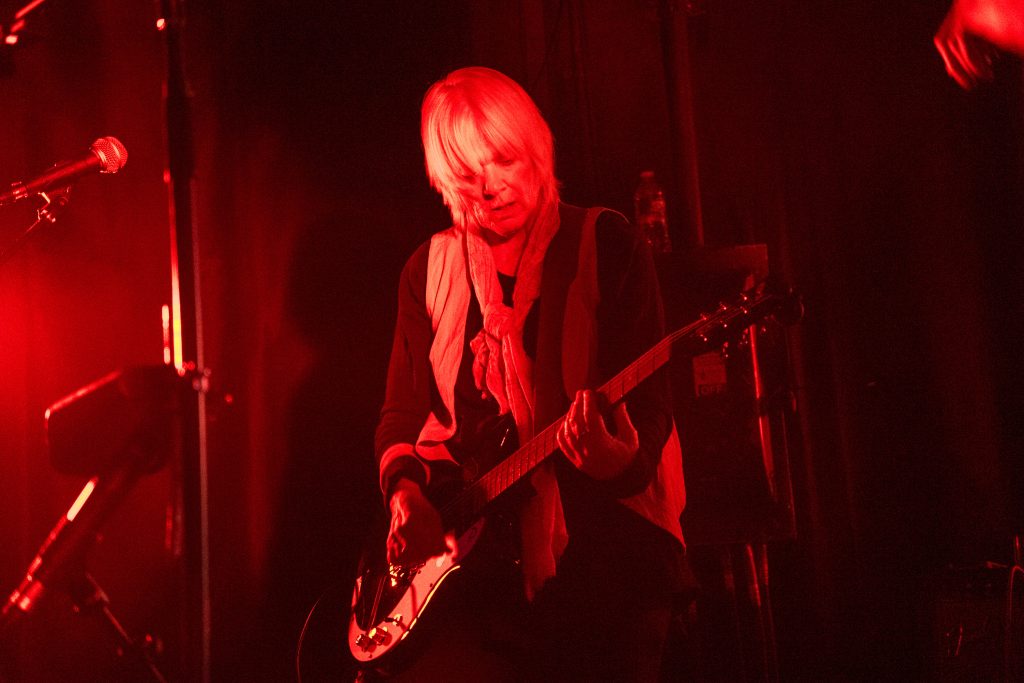
You’ve had the opportunity to tour in so many different places, and obviously, were a part of one of the most notorious music scenes in New York. Do you have any favorite memories of places you’ve toured with or people you’ve collaborated with?
CS: Gang of Four.
PP: We opened for them probably four times in London and New York. They influenced us quite a bit at that time. We opened for The Clash, the drummer ended up producing an EP for us.
CS: Duran Duran opened for us.
I see your Kneecap t-shirt, do you have any contemporary bands or song recommendations?
CS: I love [Kneecap]. I feel like I don’t know enough about new bands.
PP: My favorite song of 2025 was “Chaise Lounge” by Wet Leg.
CS: They’re great. I just went to the CBGB show and saw Jack White, and Iggy Pop.
